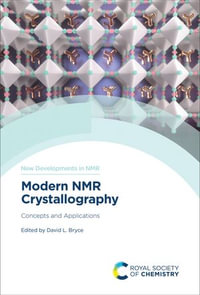
eTEXT
At a Glance
eText
$130.90
or
Instant online reading in your Booktopia eTextbook Library *
Read online on
Desktop
Tablet
Mobile
Not downloadable to your eReader or an app
Why choose an eTextbook?
Instant Access *
Purchase and read your book immediately
Read Aloud
Listen and follow along as Bookshelf reads to you
Study Tools
Built-in study tools like highlights and more
* eTextbooks are not downloadable to your eReader or an app and can be accessed via web browsers only. You must be connected to the internet and have no technical issues with your device or browser that could prevent the eTextbook from operating.
ISBN: 9780080455624
ISBN-10: 008045562X
Published: 12th April 2005
Format: ePUB
Language: English
Number of Pages: 328
Publisher: Elsevier S & T
You Can Find This eBook In
This product is categorised by
- Non-FictionScienceChemistryAnalytical Chemistry
- Non-FictionEngineering & TechnologyEnergy Technology & EngineeringElectrical Engineering
- Non-FictionEngineering & TechnologyTechnology in General
- Non-FictionEarth Sciences, Geography, Environment, PlanningGeographyGeographical Information Systems GIS & Remote Sensing
- Non-FictionEngineering & TechnologyMechanical Engineering & MaterialsMaterials Science
- Non-FictionEngineering & TechnologyMechanical Engineering & MaterialsMechanical Engineering
- Non-FictionEngineering & TechnologyIndustrial Chemistry & Manufacturing TechnologiesOther Manufacturing Technologies
- Non-FictionEngineering & TechnologyMechanical Engineering & MaterialsEngineering Skills & Trades
- Non-FictionEngineering & TechnologyElectronics & Communications EngineeringElectronics EngineeringAutomatic Control EngineeringRobotics























